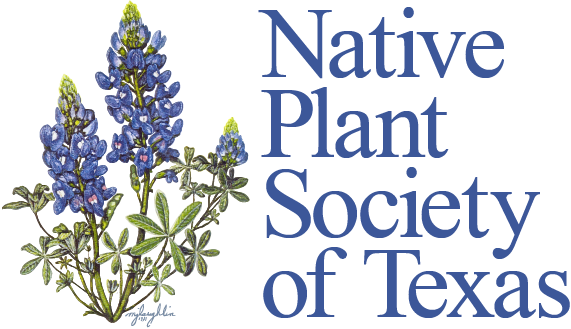By Delmar Cain
If you are like me, variety is welcomed, especially in plants and trees. One of the necessary ingredients for variety in plants is variety in conditions, including soil, moisture, sun and exposure. Many of us have an area that seems to either collect or hold more moisture than the rest of our yard. One question than may arise is what can I plant there.
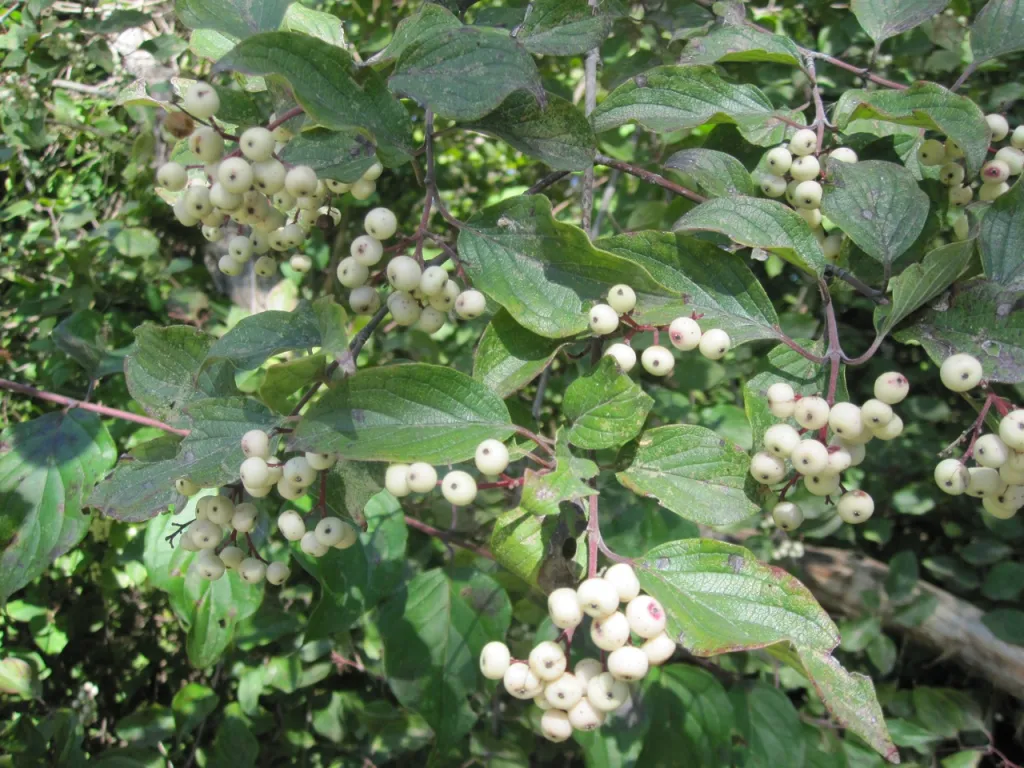
The Boerne Chapter of the Native Plant Society of Texas (NPSOT) has offered some help with its recommended NICE (Natives Instead of Common Exotics) Plant of the Month for February. The rough-leaf dogwood or Drummond’s dogwood (Cornus drummondii), a small tree or clumping shrub, may fit nicely in such a moist area.
Rough-leaf dogwood is more often found along the banks of creeks or in the bottomlands. Its native range is east from Central Texas to Alabama and north into Canada. It does not grow much farther west than Menard County.
It gets its common name from the upper side of its oval leaf, which is covered with hairs that are slightly rough when touched. The leaves have smooth margins, prominent veins and can grow up to 4 inches in length. In the autumn the dark green leaves turn red. Even after the leaves fall the red stems contrast with the white berry-like fruit, which is eaten by many birds and small mammals.
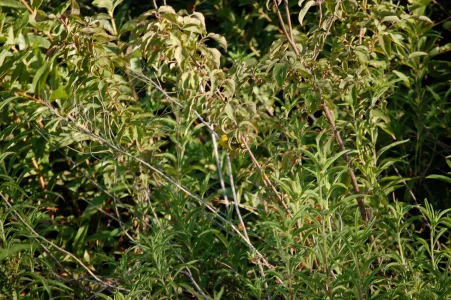
The creamy white flowers that form in clusters in the spring generally appear in April and stay until early June. The flowers on the rough-leaf dogwood are not quite as striking as the flowers on the flowering dogwood (Cornus florida) that ranges farther east. But in return the rough-leaf dogwood may not be quite as susceptible to the large number of pests that plague the flowering dogwood.
Both the flowering dogwood and the rough-leaf dogwood are both in the Dogwood family. The scientific name “cornus” is from the Latin word for “horn”, apparently in reference to the hardness of the wood. The rough-leaf dogwood (Cornus drummondii) is also named after Thomas Drummond, a naturalist from Scotland, who collected 750 species of plants in Texas in 1833-34. Some of Drummond’s specimens may have found their way to Russia, since the botanist who first named the species and honored Drummond was a Russian botanist, Carl Anton von Meyer (listed as C. A. Mey.) There is some evidence that Drummond left Texas, intending to return with his family, but he died in Cuba in 1835.
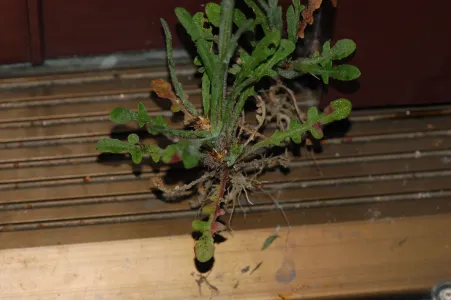
Rough-leaf dogwood does best in the habitat where it is most likely to be growing as a native-in moist soils in marshes and bottomlands. But it is also adaptable to dry alkaline soils, sandy loams and even clays. It spreads by suckers and can form thickets, especially in moist soils. It is cold tolerant and may grow to a height of 12-15 feet. It prefers shade or part shade rather than full sun. Deer will browse it and not have to break a sweat.
So if you have a wet spot or bog in your yard and you need a hedge or a bit of erosion control or if you want a small showy ornamental for a shady spot, consider the rough-leaf dogwood. The fruit-eating birds and the nectar-sipping insects will appreciate your good selection. Planting and care instructions can be found under “Plant of the Month” on the Boerne Chapter website at: http://www.npsot.org/wp/boerne/
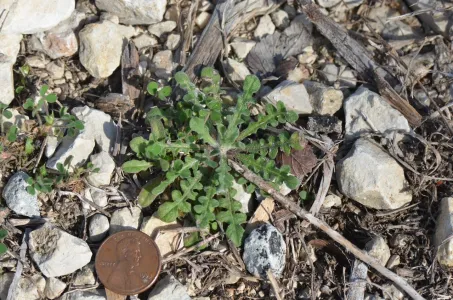
It is not too early to remind you to be on the lookout for Malta starthistle (Centaurea melitensis), that prickly invasive that has moved east from California and is spreading rapidly in our area. It is a scourge to homeowners, recreation area visitors and farm animals. As I indicated last year, mowing can cause it to spread and some of the recommended chemicals should be very carefully considered. More information about its threat and the methods to control it can be found at the United States Department of Agriculture website: http://www.fs.fed.us/outernet/r3/publications/documents/managing_starthistle.pdf
